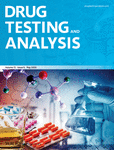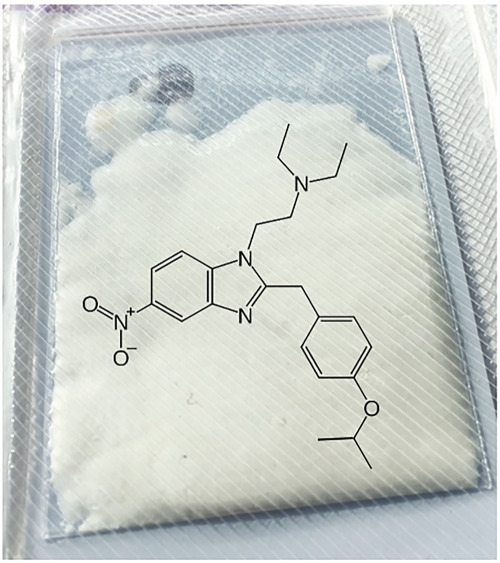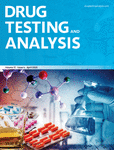Journal list menu
Drug Testing and Analysis is the unrivaled specialist journal for drug testing practitioners. The journal provides a focal point for the detection of illicit and controversial substances, covering sports doping, recreational drugs, pharmaceuticals, toxicologic pathology, forensics, and the environment.
Rather than focus on the application of a single technique, we employ a unique multidisciplinary approach and cover various analytical methods. In addition to primary research articles, case reports and letters, we feature ‘How To’ material, speculative pieces, and our iconic ‘Annual Banned Substance Reviews’.
Journal Metrics
- 6.2CiteScore
- 2.6Journal Impact Factor
- 41%Acceptance rate
- 6 days Submission to first decision
Articles
Detection of Transdermal Application of Testosterone to Racehorses by Analysis of Urine and Plasma
- 3 June 2025
Graphical Abstract
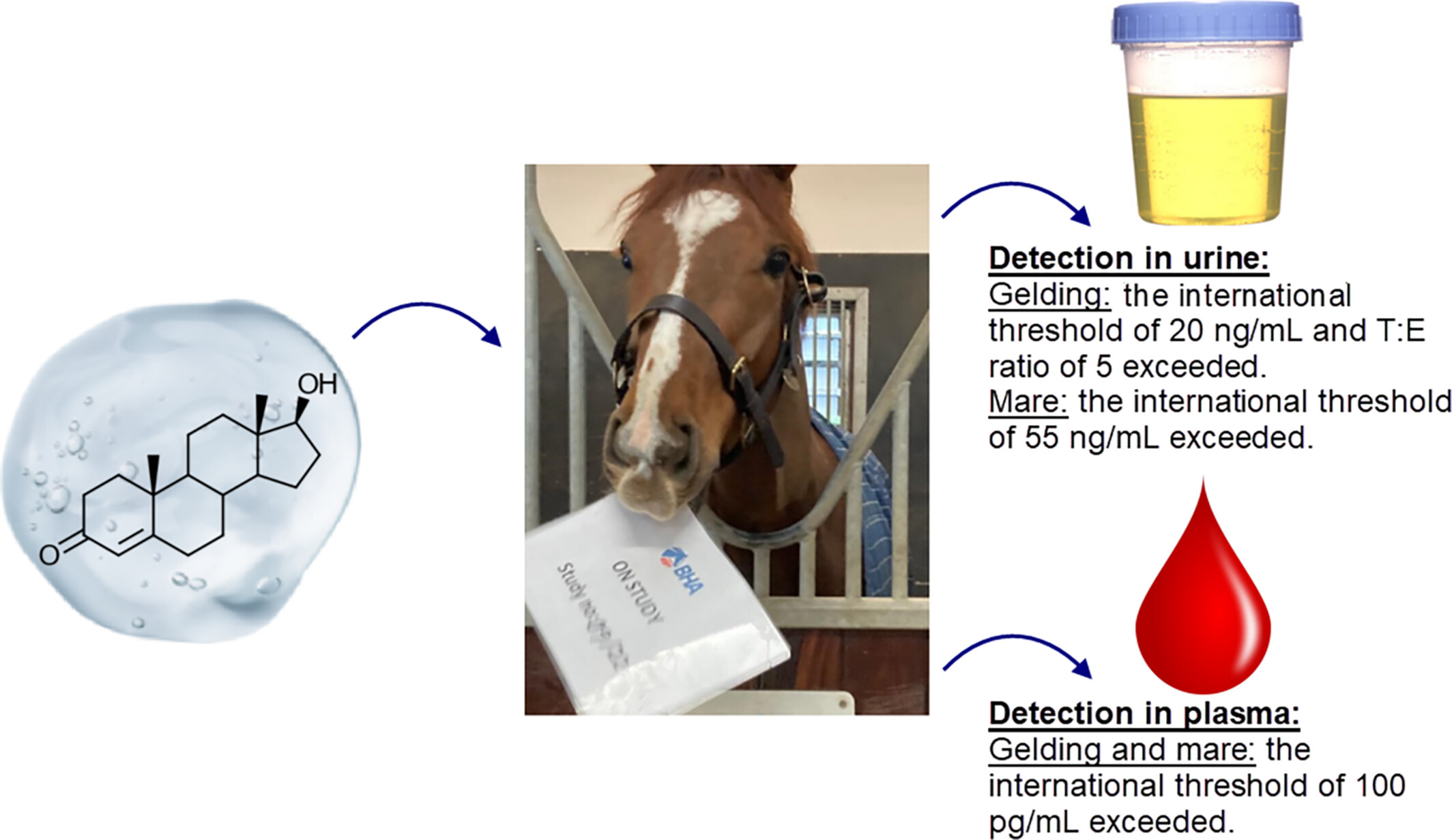
Currently there is no published pharmacokinetic information on transdermally applied testosterone in horses and whether their use could result in adverse analytical findings. Following an administration, quantitative plasma and urine analysis showed that doping control following this administration route is possible using existing international concentration-based threshold and steroid ratio approaches.
A “Pheraplex” Capsule Labeled as Desoxymethyltestosterone From the Market Turned Out to Be 17,17‐Dimethyl‐18‐nor‐5α‐androst‐13‐en‐3β‐ol
- 23 May 2025
Graphical Abstract

NMR and GC-MS/MS analysis revealed that the main content of a mislabeled “Pheraplex” (17a-methyl-etioallocholan-2-ene-17b-ol, DMT) capsule was 17,17-dimethyl-18-nor-5α-androst-13-en-3β-ol, a metabolite of 17α-methyltestosterone. This study highlights risks of commercially available sports drugs and the need for advanced analytical vigilance in anti-doping.
Evaluation of Diagnostic Sensitivity and Specificity of a New Automatized Assay for Indirect Synthetic Urine Identification
- 22 May 2025
Graphical Abstract

A new automatized specimen validity testing assay, directed to ‘long duration’ (LD marker) and ‘short duration’ (SD marker) urinary tract proteins, was evaluated with established automatized uric acid- and LC–MS/MS endogenous biomolecule pattern detection for two US-synthetic urines and 1188 real-life urine specimens. The LD marker worked well for detection of urine substitution in this study. For determination of synthetic urine, direct markers were analysed by LC–MS/MS, and a novel marker carbendazim was identified in one US synthetic urine product.
Infant Death due to Cannabis Ingestion
- 21 May 2025
Doping Control of Ranitidine in Horses
- 20 May 2025
Graphical Abstract

This article depicts the studies of in vivo metabolism and elimination of ranitidine in horse urine and plasma for doping control purposes, employing LC/HRMS and LC/MS/MS. Five metabolites, including ranitidine-S-oxide (M1), ranitidine-N-oxide (M2), desmethylranitidine (M3a/b) and furoic acid analogue of ranitidine (M4), were detected in a postadministration urine sample.
Adulterants in illicit drugs: a review of empirical evidence
- 89-96
- 29 December 2011
Graphical Abstract

This review attempts to present an evidence-based overview of adulterants in illicit drugs, and their associated toxicity. From the reports gathered, adulterants are predominantly substances which are readily available, commonly being caffeine, procaine, paracetamol, and sugars. Continuing vigilance and the circulation of information about drug adulteration is, therefore, desirable as a public health issue.
Head‐twitch response in rodents induced by the hallucinogen 2,5‐dimethoxy‐4‐iodoamphetamine: a comprehensive history, a re‐evaluation of mechanisms, and its utility as a model
- 556-576
- 19 April 2012
Graphical Abstract

The substituted amphetamine hallucinogen, serotonin 2 (5-HT2) receptor agonist, 2,5-dimethoxy-4-iodoamphetamine (DOI) induces a robust head-twitch response (HTR) in rodents. This review provides an up-to-date and comprehensive synopsis of DOI and the HTR model, including its utility for investigating mechanisms of psychedelic drugs.
A review of chemical ‘spot’ tests: A presumptive illicit drug identification technique
- 95-108
- 15 September 2017
Graphical Abstract

In this review, we describe the development of chemical color tests used by a large number of agencies worldwide as the first step in illicit drug identification. Further, we review the chemistry behind the color changes and classify common color test using this knowledge. Finally, we describe the challenges faced by color tests today and propose the future of color testing.
Report on a novel emerging class of highly potent benzimidazole NPS opioids: Chemical and in vitro functional characterization of isotonitazene
- 422-430
- 19 November 2019
A review of the cultivation and processing of cannabis (Cannabis sativa L.) for production of prescription medicines in the UK
- 31-38
- 30 September 2013
Graphical Abstract
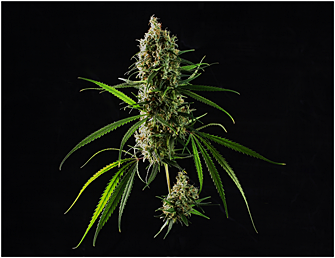
Sativex® is the first cannabis-derived prescription medicine recognized in the UK to have medicinal properties. Producing this from raw cannabis is especially challenging as the plant material is extremely inhomogeneous, and the active ingredients are affected by a range of factors. These difficulties of producing the feedstock are explained and the methods used by GW Pharmaceuticals to overcome these problems are described.




